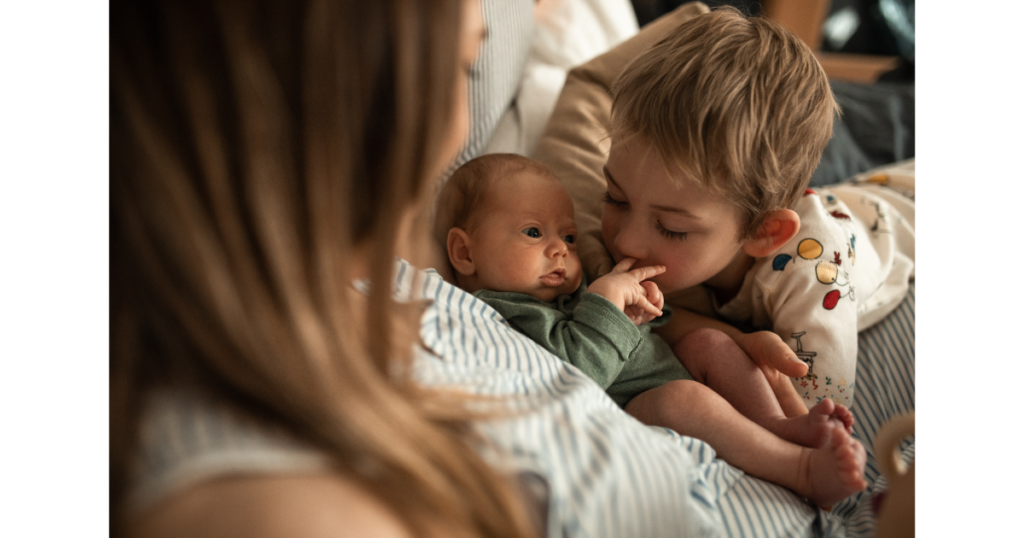Working With Placenta Trauma

The cutting of the cord is the aspect of birth trauma that, until recently, breathworkers focused on during this phase of the birthing process.
Concentration on this particular experience was stimulated and supported by the advocates of the home birthing movements. They placed a lot of importance on waiting until the umbilical cord had stopped pulsating before severing the baby from the placenta, which was perceived as part of the mother.
The severing of the cord was seen as the point at which the birth was complete, and the beginning of the new relationship between mother and baby started. The placenta’s common name ‘afterbirth’ confirms that.
Working with placenta trauma
In the short time that I have worked with placenta trauma, I have discovered that there are six simple common stages in the process. They are:
1. The stage of recognising that, if our cord was cut and our placenta discarded, we will have placenta trauma.
2. The stage of acknowledging that we may have the symptoms of placenta trauma and are not recognising them, and, most likely, are attributing them to something else.
3. The stage of re-owning the placenta as a part of ourselves.
4. The stage of reintegrating the lost part of our etheric body.
5. The stage of recognising and readjusting the errors in many life situations.
6. Dealing with the deprivation syndrome of not being able to have something that is ours (the nutrients from the placenta at birth).
Once the placenta trauma concept is understood (first stage) it is only a matter of time to recognise the symptoms of the second stage. They are usually felt in the stomach. (Mine was a daunting feeling of dread.)
Breathwork techniques for placenta trauma
From the third stage onwards I find it necessary to work with breathing sessions. So far what has worked well for me is to give a talk on the importance and reasons for Lotus Birth and the relevance to the traumas that are likely to be encountered by not having one. I also elaborate on which current life situations are the most common triggers.
Re-uniting with the placenta
Once the symptoms are felt clearly in the body, I have the client breathe into the symptoms while holding a little cushion to symbolise and represent the placenta, and to surrender to the feelings that arise. These are likely to be pain of separation, anger and rage for being separated, resentment and betrayal for having something stolen or taken away, fear of loss, joy of being reunited, contentment and fulfilment of being whole and of having found something that was lost.
It is important to switch to experience the situation from the perspective of the placenta as well. As Rachana mentioned (in a talk at the Australian National Breathwork Conference), it had become apparent to her that the placenta has the ability to feel and a certain amount of intelligence. This is concluded from the fact that it exists before the rest of the baby’s body forms and that it contains stem cells. The strongest feeling from this perspective is the terror and rage of total abandonment, worthlessness and rejection and the joy and total peace of being reunited and whole.
Reintegrating the lost part of the etheric body
In the fourth stage, we reintegrate this lost part of ourselves. Once the theory of what has happened is understood and the symptoms are recognised, they serve as the entrance into the sessions and the use of a little cushion is a helpful tool. It is only a matter of asking for the etheric body to return and surrender to the merging. The client simply expresses the wish to reunite with the lost part, verbally or in feeling and thought.
To my astonishment, all clients seem to immediately know where to find this part of themselves. Some clients had to find their lost part in the hospital or where they were born, for others this part was in close proximity. The merging may take some time, fifteen minutes to several hours. I encountered resistance with some clients, a fear of changing into something completely new. The reassurance that each of the two parts would gain and be bigger helped.
As soon as the client surrendered the process of merging began, difficult to describe, like coloured ink slowly mixing with water. The result of this integration brought an even greater sense of wholeness than experienced during the stage of re-owning our placenta.
Integration
The fifth stage is the period of time after this session(s), during which the client recognises many life situations where placenta trauma has been in action; an integrative period. Sometimes during this period, a new/old symptom emerges.
Most of us know the immensely frustrating situation in life where we want something that we can’t have or get, and where we spend much energy, sometimes to the point of being undignified, to attempt to get the object of our desire. It could be a lover or an experience or a material object. We also know the pattern of making the wrong choice. These are placenta trauma patterns.
Placenta trauma and nutrition
The trauma of wanting one thing and getting another is all too familiar to us. The session work in this sixth stage needs to focus on what happened to the nutrients in the placenta after birth, which were truly meant for us and which we never received. We transfer this feeling onto many life situations, often not finding any solutions for the frustration that results from this lack.
Eventually, we tolerate the situation and make the lingering deprivation ‘normal’ so that we can get on with life. When the cord is cut before it stops pulsating the transfer of nutrients from mother to infant via the placenta is rudely interrupted and the baby’s organs suffer a lack of nutrients.
Once separated from its placenta the baby is put to the breast, or in some cases fed a bottle. Its body, however, is still craving nourishment from the placenta. Psychologically it associates its first meal with the ‘wrong’ food. The baby wants what is left in the placenta and instead receives breast or bottled milk. My experience has shown me that there is a connection between the cord-cutting trauma and the difficulty in controlling one’s appetite.




